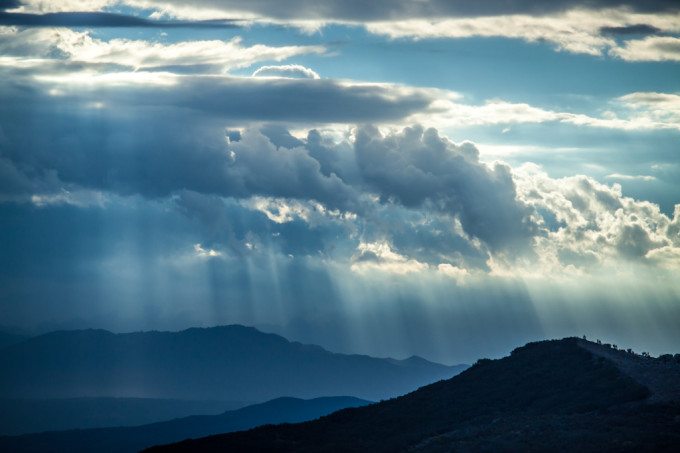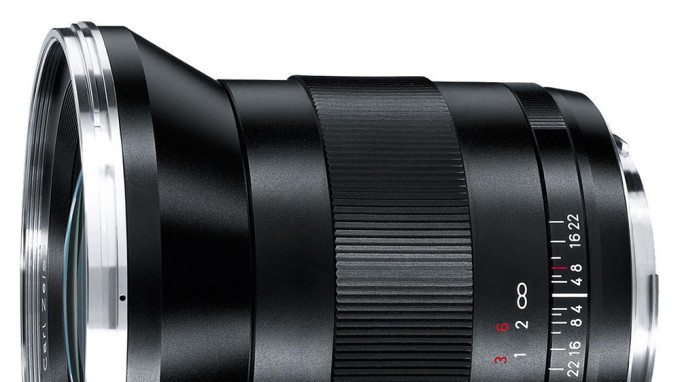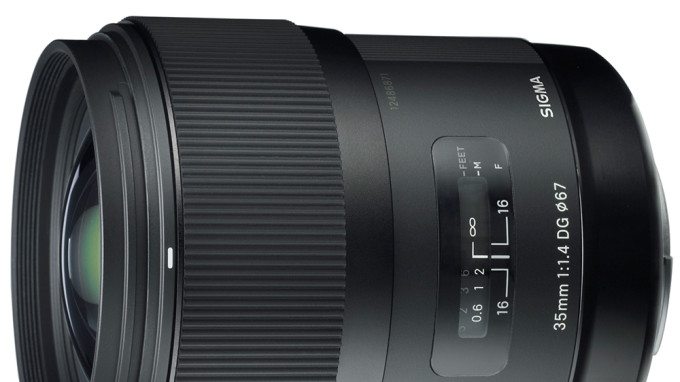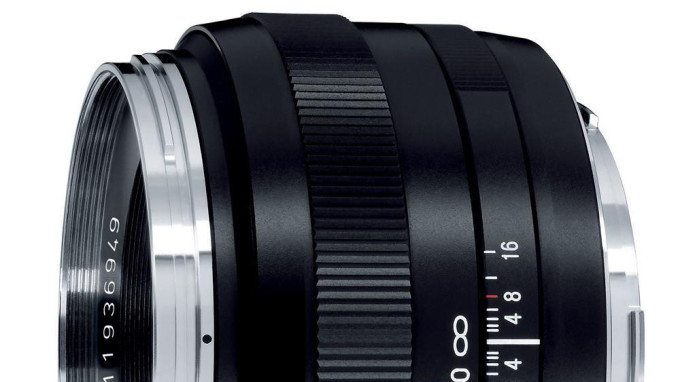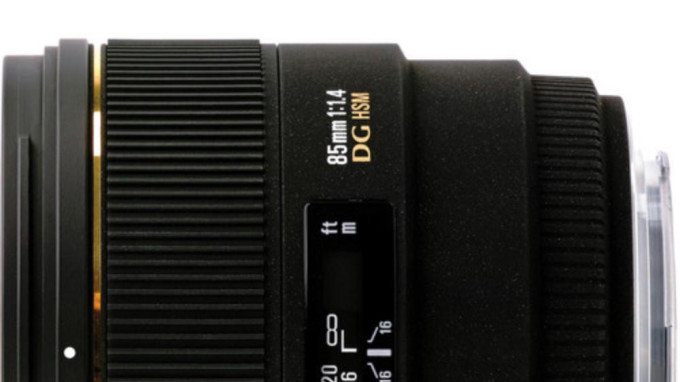So you want to shoot landscape images? All you have to do is slap on a wide angle and head out, right? WRONG! There is so much more to landscape photography than the oft-overused ultra wide-angle perspective (though that certainly still has its place). I’m going to share my thoughts on landscape photography from the perspective of a full-frame Canon shooter, but please know that almost everything I’m going to tell you will apply to Nikon, Sony, and the rest. They are all great brands. Head on past the break for my thoughts on lenses for landscapes.
When I go out to shoot landscapes, I try to consider what type of look I want to go for and decide which lens to use based on a set of 5 categories: Ultra Wide-Angle, Wide-Angle, Normal, Short-Telephoto and Telephoto. An argument could be made for the use of Super-Telephotos as well, but I never shoot that long personally. You might be asking “Why would I want to use anything other than a wide angle for landscapes?” While that is a fine question, the reality is that the wide angle “effect” can get pretty tired and uninteresting if that’s all you ever use. It absolutely has its place, and I still have one ultra-wide myself, but I have come to realize that semi-wide to semi-telephoto is something of a sweet spot (for me) for landscapes. The following is a list of some of the focal lengths I find to be the most useful when shooting landscapes. It’s also worth mentioning that while the list is mostly prime lenses, many zooms will work just as well, and despite the reality that many of these lenses are f2 or faster, you won’t always (or even often) be shooting wide open when it comes to landscapes. The reason I chose many of these lenses is due to the fact that they can be dual purpose, excelling in multiple categories, making them a smart purchase.
20 / 21mm
This category of lens is very, very common in landscape photography, but it is difficult to use effectively if you don’t fully understand their capabilities. You cannot simply aim it at something far away and shoot, that will deliver nothing but boring images. Too many photographers think that these ultra wides are for simply “getting it all in the frame”, when in reality, it is meant to allow you to get exceptionally close to your chosen subject and still include a ton of background for context. That being said, there are absolutely some gems in this arena, for all budgets as well. My favorite focal length in this category is 20-21mm as it is exceptionally wide, but you don’t get as much of the extreme distortion that often happens with lenses 18mm and wider. There are, however, plenty of alternatives in this arena that are spectacular.
- Carl Zeiss 21mm f2.8 Distagon T*
- Nikon 14-24mm f2.8G ED (Best wide-zoom out there)
- Canon 20mm f2.8 (Budget)
- Rokinon / Samyang 14mm f2.8 (Budget)
- Tokina 11-16mm f2.8 ( Top Choice for APS-C)
35mm
Wide Angle lenses fall into the category of 24-35mm most often and are something of a sweet spot for landscapes for me (personal favorite being a 35mm lens) you can still have a lot featured within the frame, but you don’t get as much of the pronounced wide angle distortion. With a lens like a 35mm, you still have the opportunity to get close, and if getting close is not an option you can create a strong sense of presence within your frame. My choice presently is a 35mm f1.4, but there are also a number of great options:
- Carl Zeiss 35mm f2 Distagon T*
- Sigma 35mm f1.4 A
- Rokinon / Samyang 35mm f1.4
- Canon 24-70mm f2.8L II
- Nikon 24-70mm f2.8 G
50mm
Now this is the point where things start to get interesting. A normal length lens actually provides an incredible opportunity for creating landscape images, just hear me out. When you get into this focal length range (think 40-60mm) you begin to compress your background and start to focus more on details rather than a broad scene. However if you are far enough away from your chosen subject you can definitely make these focal lengths work for you in capturing a reasonably wide scene with a “human-eye” perspective. In my opinion, 50mm is the one to get in this range and there are a bunch of solid choices.
- Carl Zeiss 50mm f1.4 Planar T*
- Carl Zeiss 50mm f2 Makro-Planar T*
- Canon 50mm f1.2L or 50mm f1.4
- Nikon 50mm f1.4 G
- Sigma 50mm f/1.4 EX
85 / 135mm
Continuing on from the range of normal lenses, once you approach the 85-200mm range things begin to compress more noticeably. At this point you will often be focusing more on details or select portions of a scene, but with a careful eye, one can definitely create unique and beautiful images with an 85 or 135mm lens. The amount of compression is enough that you will be concentrating on your subject and considering less of the surrounding environment. This would be ideal for concentrating on a section of a forest or a compressed view of a mountain range. Either focal length is interchangeable in my experience and it’s only a matter how much compression you want in your image.
70-200mm
The last lens I want to talk about is potentially the most useful one. A 70-200mm is incredibly flexible for this type of shooting due to its ability to zoom from short telephoto to full telephoto. This flexibility allows for very selective framing and capturing the ornate details of your chosen landscape. You would be amazed at how often a lens such as this is used by landscape photographers (myself included when I still used zooms).
- Canon 70-200mm f2.8L IS II
- Canon 70-200mm f4L IS (For lighter weight)
- Nikon 70-200mm f2.8 G ED VR II
- Nikon 70-200mm f4 G ED VR (For lighter weight)
Please Support The Phoblographer
We love to bring you guys the latest and greatest news and gear related stuff. However, we can’t keep doing that unless we have your continued support. If you would like to purchase any of the items mentioned, please do so by clicking our links first and then purchasing the items as we then get a small portion of the sale to help run the website.


